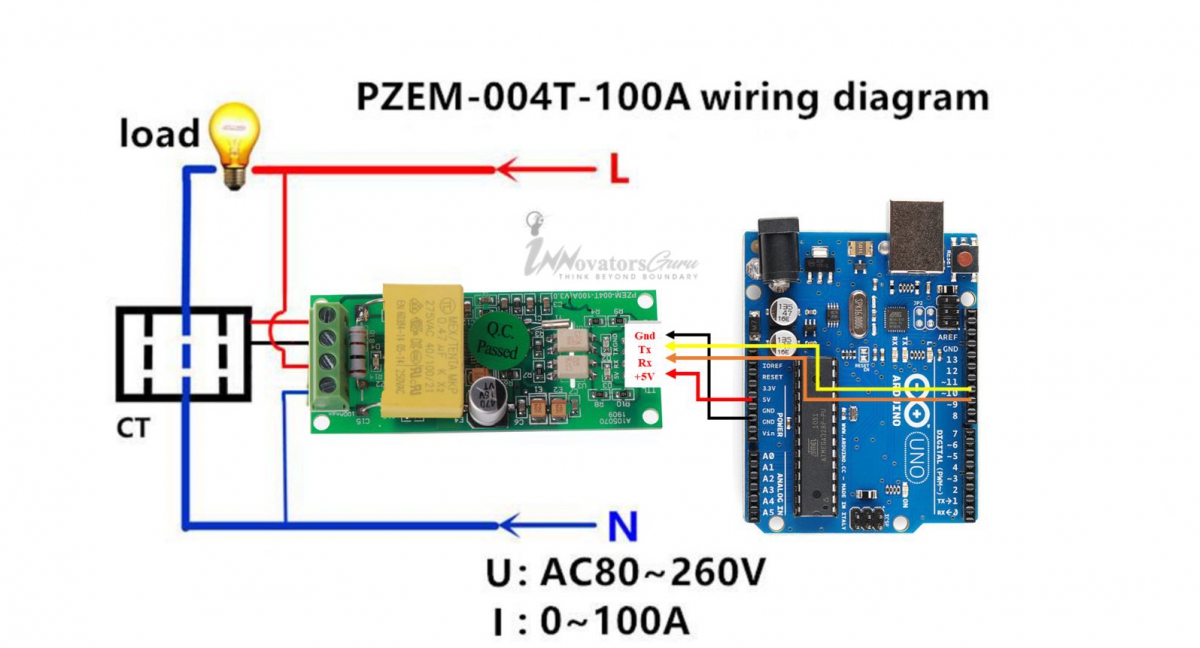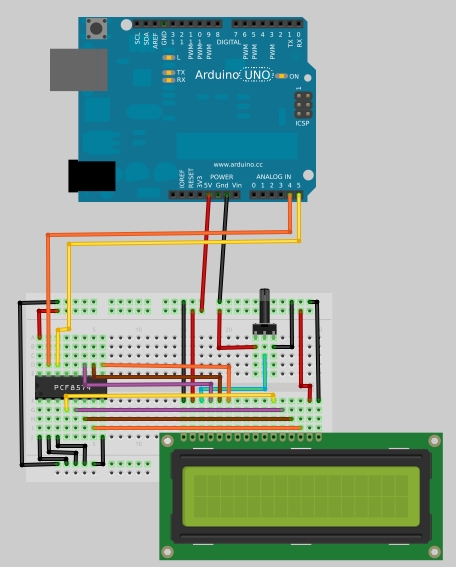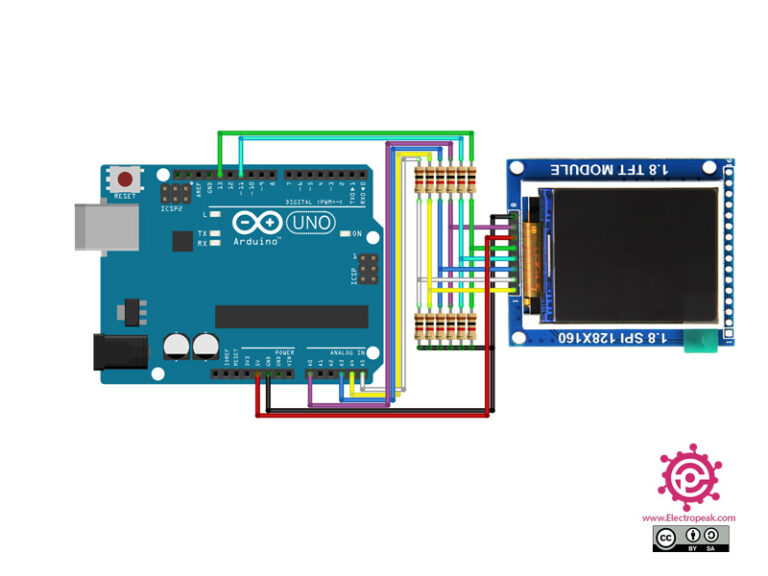


Size_t actually_read = Wire.readBytes((uint8_t*)&buf, 4) Wire.requestFrom(SLAVE_I2C_ADDRESS, 4) // This register is 32 bits = 4 bytes longĭelay(5) // Wait for data to be available

Wire.beginTransmission(SLAVE_I2C_ADDRESS) Option 1: Reading the register into an uint32_t (recommended) const uint8_t SLAVE_I2C_ADDRESS = 0b1010 Ĭonst uint16_t SLAVE_I2C_REGISTER_ADDRESS = 0x50 We will provide a full example with error handling in a followup post. This is a minimal example so it creates minimal confusion for the reader. Additionally, we wait for data using delay() instead of Wire.available(). Note that this code does not implement error handling for the sake of simplicity. In my opinion, it’s most efficient to just try out the standard way of reading a register and start from there. Note that some devices like the LAN9303 have a slightly different addressing scheme or other peculiarities. It will work with almost all I2C devices like EEPROMs, ADCs and others, provided you have the correct. Write a byte, and leave power applied to the 1 wire bus.The following code demonstrates how to read a register that is 4 bytes (32 bits) long over I2C. This only works if you have a single device, but youĬan avoid searching and use this to immediatly access your device. After a reset, this is needed toĬhoose which device you will use, and then all communication will be with Usually this is needed before communicating with any device. The next use of search will begin at the first device. No more devices are found, false is returned.īegin a new search.

If a device isįound, addrArray is filled with the device's address and true is returned. Multiple OneWire objects, one for each pin. Many 1 wire devices to the same pin, if you have a large number, smaller groupsĮach on their own pin can help isolate wiring problems. Please refer to the specificationsĬreate the OneWire object, using a specific pin. Some 1-wire devices can alsoĬonnect to power, or get their power from the signal wire. Then just connect each 1-wire device to the pin and ground. When using very long wires, or with counterfeit DS18B20 chips and 3.3V power,Ī resistor in the 1K to 2.7K range may be required. OneWire requires a single 4.7K pullup resistor, connected between the pin and your power OneWire communicates with 1-wire devices. For temperature sensors, theĭallasTemperature library can be used with this library. OneWire lets you access 1-wire devices made by Maxim/Dallas, such as temperature


 0 kommentar(er)
0 kommentar(er)
